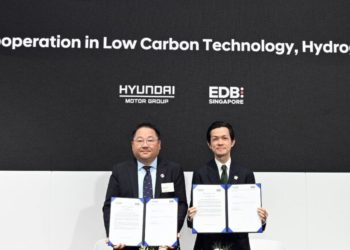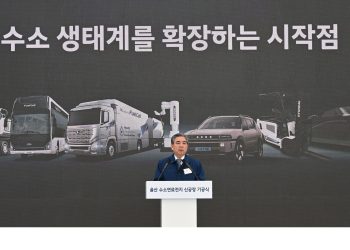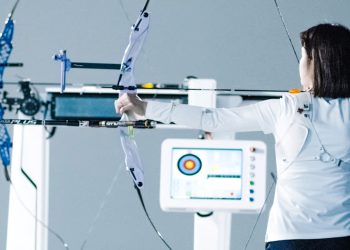Hyundai Motor Group confirmed the creation of its New Horizons Studio, which would focus on advancing the Ultimate Mobility Vehicles (UMV).
The New Horizons Studio aims to build and create vehicles that would travel with exceptional mobility. The studio would produce vehicles that enable customers to travel in off-road terrains and unreachable places before. The vehicles would include more challenging functions and settings and would adapt to varying conditions quickly.
The New Horizons Studio would reinvent the UMVs beyond the limits of vehicle development.
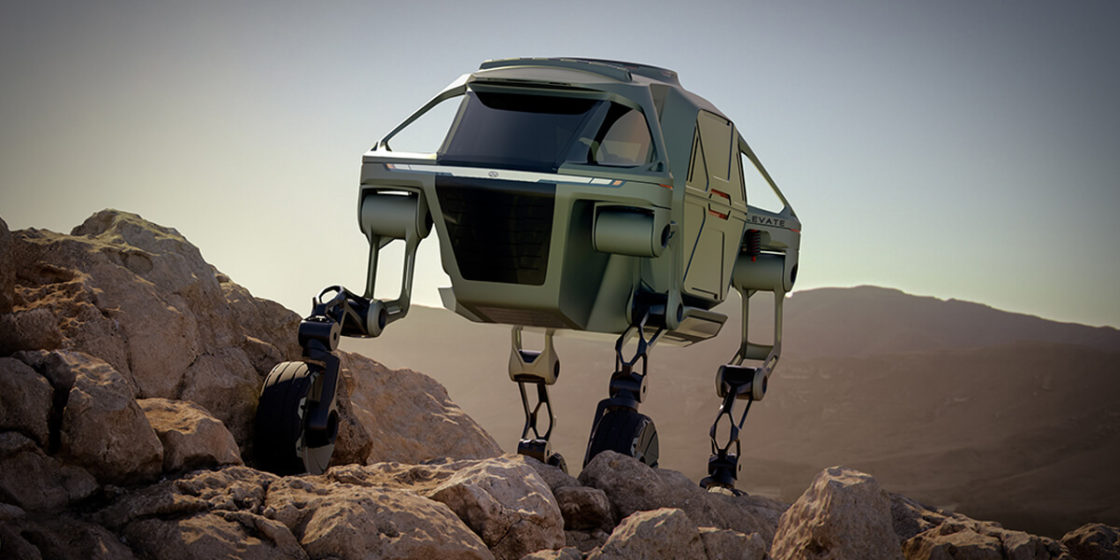
Vice President Dr. John Suh would lead the New Horizons Studio. He held multiple positions since 2011 at the Hyundai Motor Group, particularly as a founding director for Hyundai Ventures. Dr. Suh led the Hyundai CRADLE project based in Silicon Valley, also as a founding director. The CRADLE stands for the Center for Robotic-Augmented Design in Living Experiences.
Suh possesses 35 years of experience in automotive technologies, including roles at Palo Alto Research Center, General Motors Company, and Stanford University. According to Dr. Suh, Hyundai aims to create the Ultimate Mobility Vehicle and become the first-ever transformer-class vehicle worldwide.
Advanced UMV
The UMV would enhance Hyundai’s goal to shape and influence the mobility of future vehicles. Hyundai would use advanced solutions and innovations coming from Silicon Valley and other innovation centers to help realize its goal.
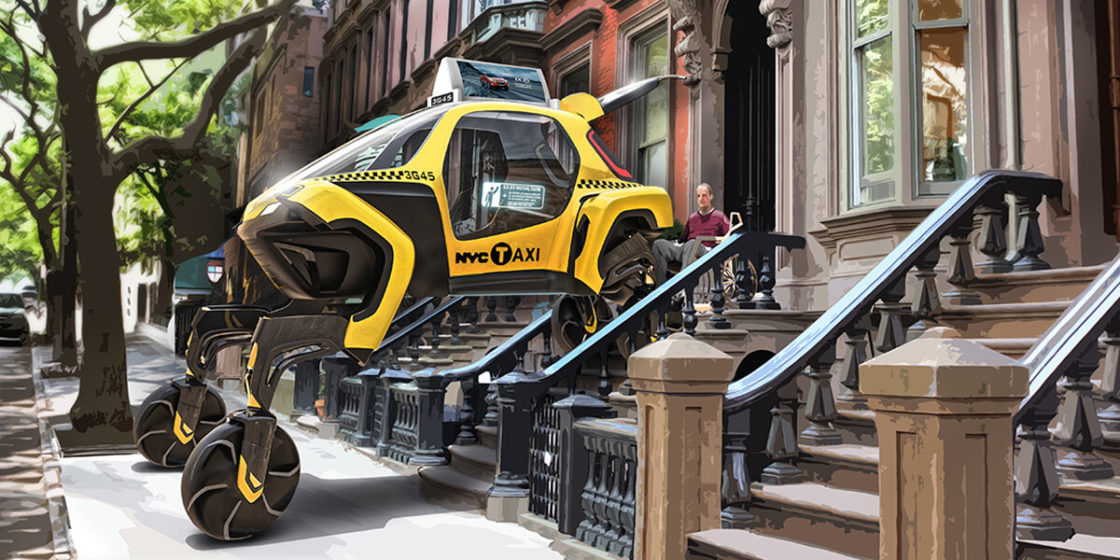
Ernestine Fu joined the New Horizons Studio team as Director of Product Management. She spearheaded research on the human operator and autonomous vehicle interactions at the Volkswagen Automotive Innovation Lab at Stanford University. She also became a venture capital partner at Alsop Louie Partners for over nine years.
New Horizons Studio created the Hyundai Elevate and developed it to become its primary vehicle model. The Hyundai Elevate includes many innovative features focusing on challenging driving situations. For instance, the vehicle does not rely only on wheels for mobility. A vehicle may contain robotic legs that could become lifesavers in natural disasters.
Physically challenged people could find the vehicle with robotic legs very useful. The use of robotics and locomotive wheeled technology would redefine mobility and vehicles in the future.



